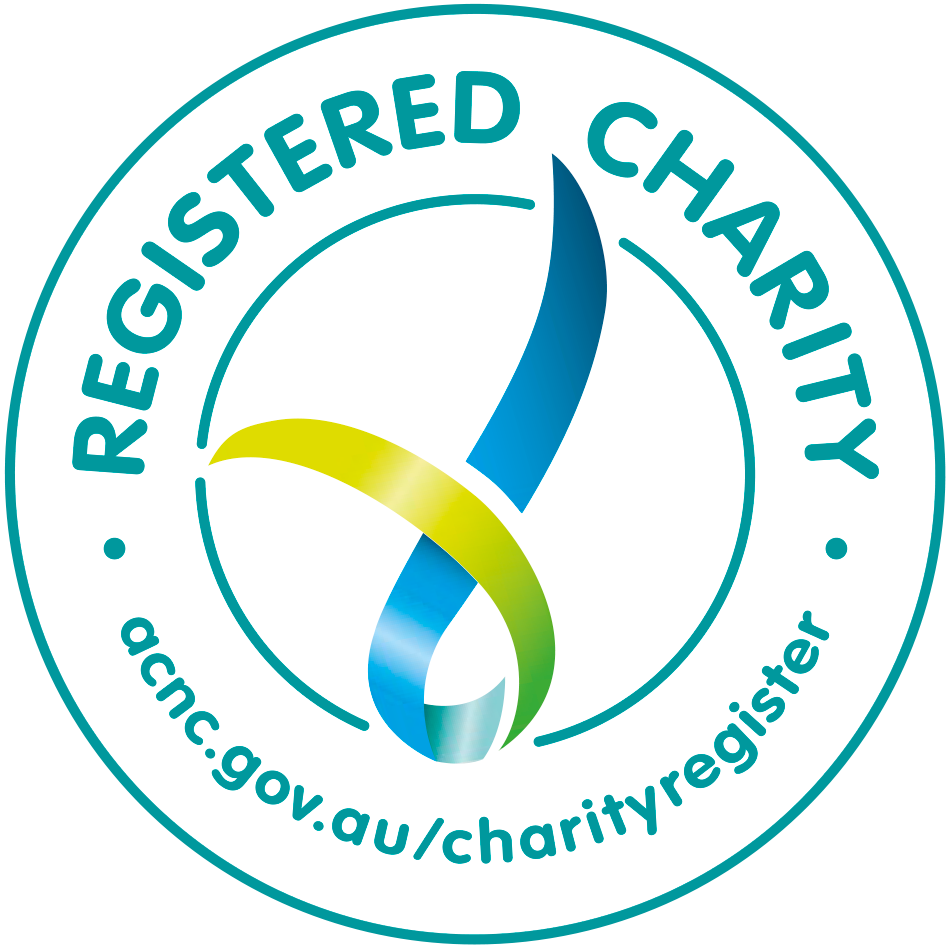
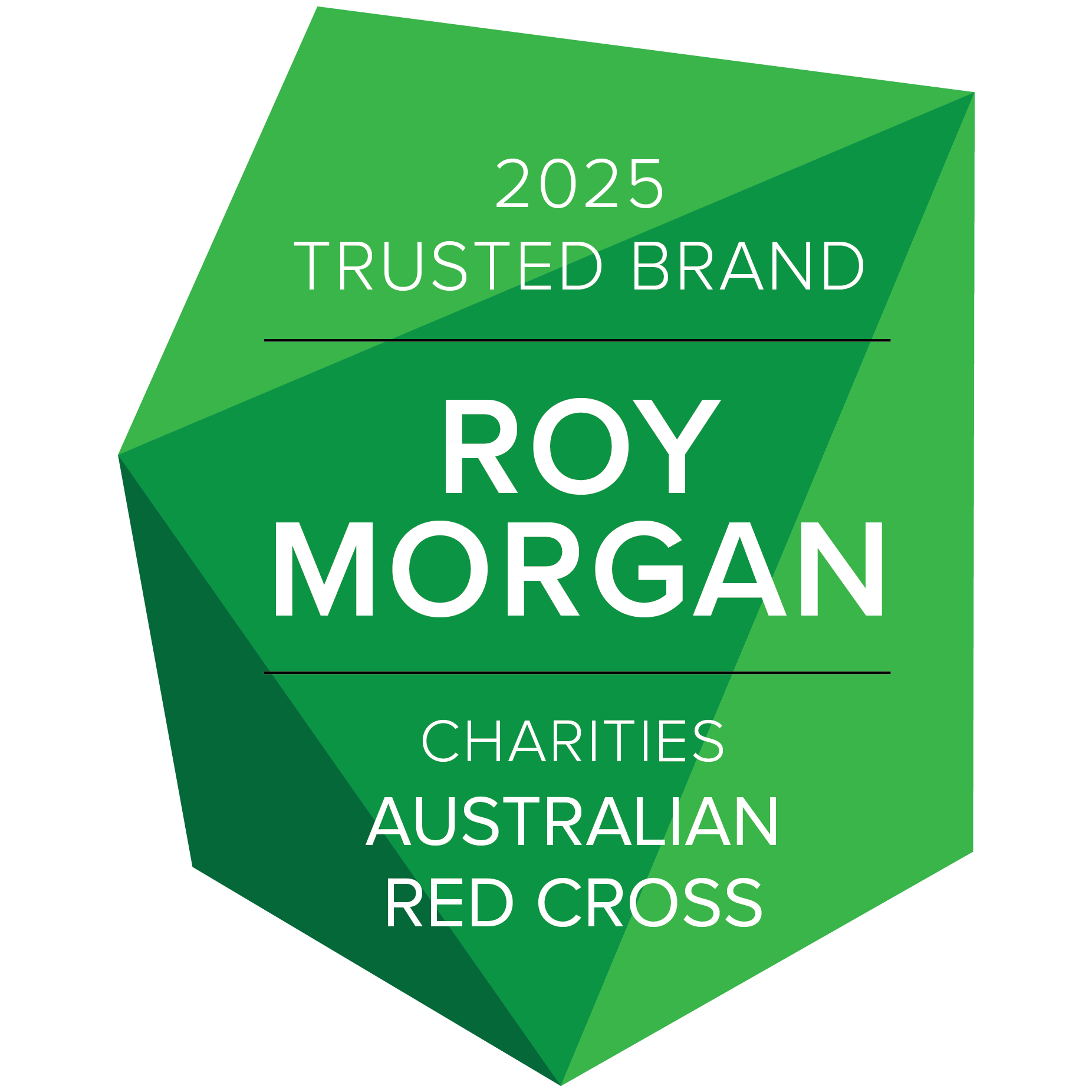
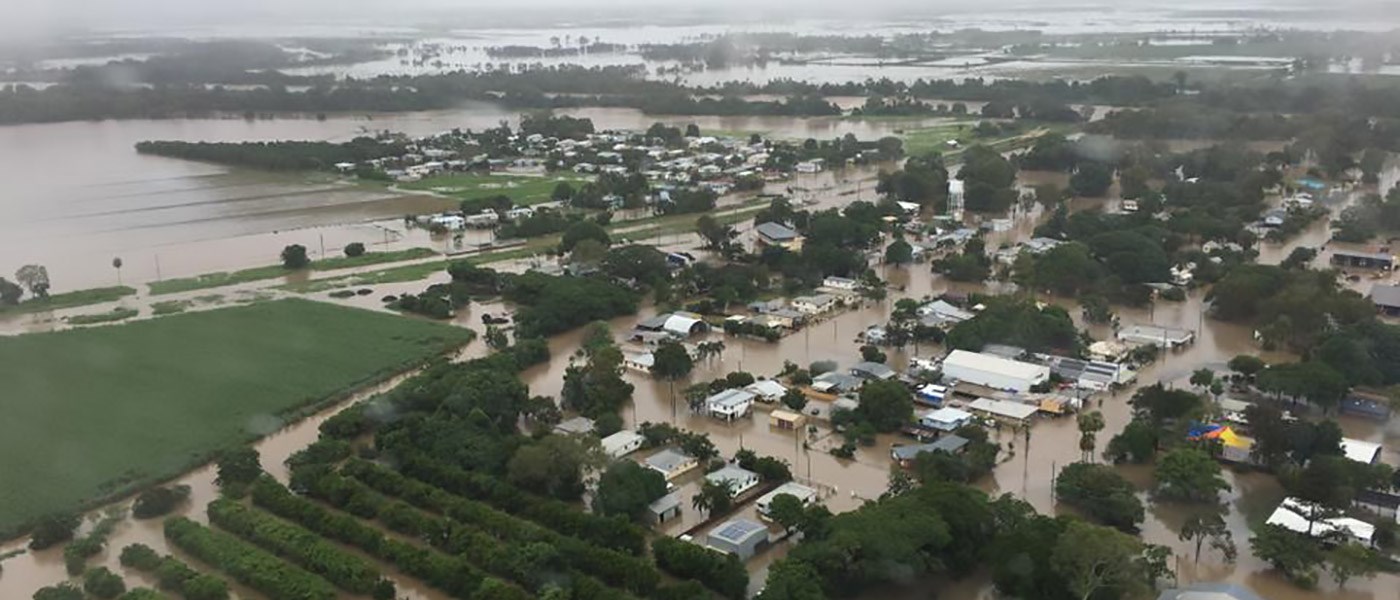
It’s three o’clock in the afternoon at Townsville’s busiest evacuation centre and a woman whose house and contents are underwater is asking if her prescriptions have arrived.
Jude is the Heatley evacuation centre manager and a veteran Red Cross emergencies volunteer. She points out the chemist to the woman. He’s just arrived with a basket of prescriptions, which were written by this morning’s visiting doctor.
Not a moment later and Jude’s called to oversee the delivery of a massive shipping container which has been converted into portable showers.
She walks past a line of pet dogs, quietly sleeping in their cages. As Jude splashes through the muddy field outside she discusses with the delivery men the best site for the porta-bathrooms to allow for disabled access.
It’s day six since the catastrophic event began, an event which has led to two deaths, a damage bill topping $100 million, left 738 homes severely damaged, a further 252 homes completely uninhabitable and some 20,000 households affected in all.
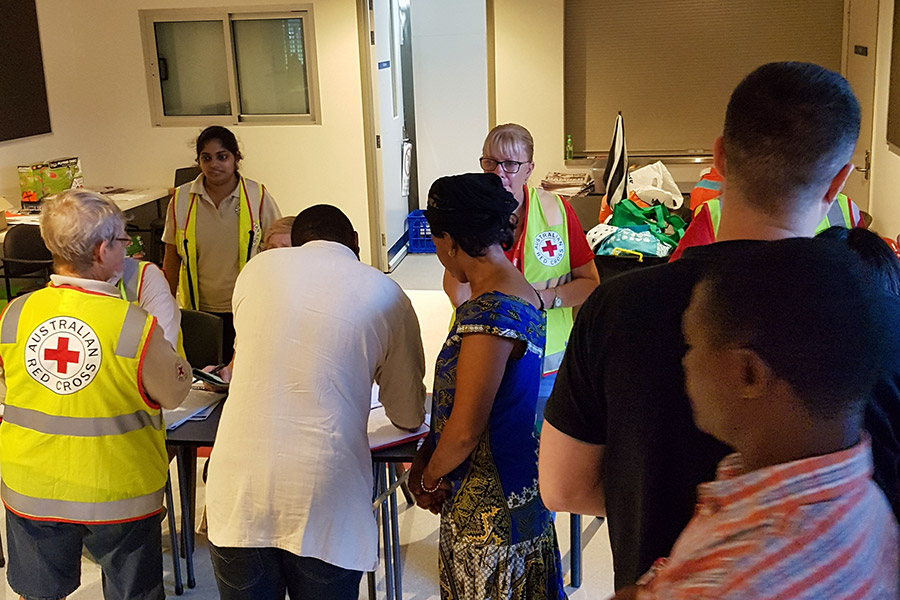
Red Cross has been providing support from the beginning, with more than 50 trained emergencies personnel on the ground managing evacuation centres, providing psychological first aid and working alongside the many agencies and government bodies wherever the need is greatest. Red Cross has also been working to reunite loved ones, taking more than 1,260 enquiries on the Register.Find.Reunite service.
It’s started to rain more heavily and the porta-bathrooms are finally put in place at the back of the hall, and the hot water, waste water and power are connected. It provides a brief moment of satisfaction.
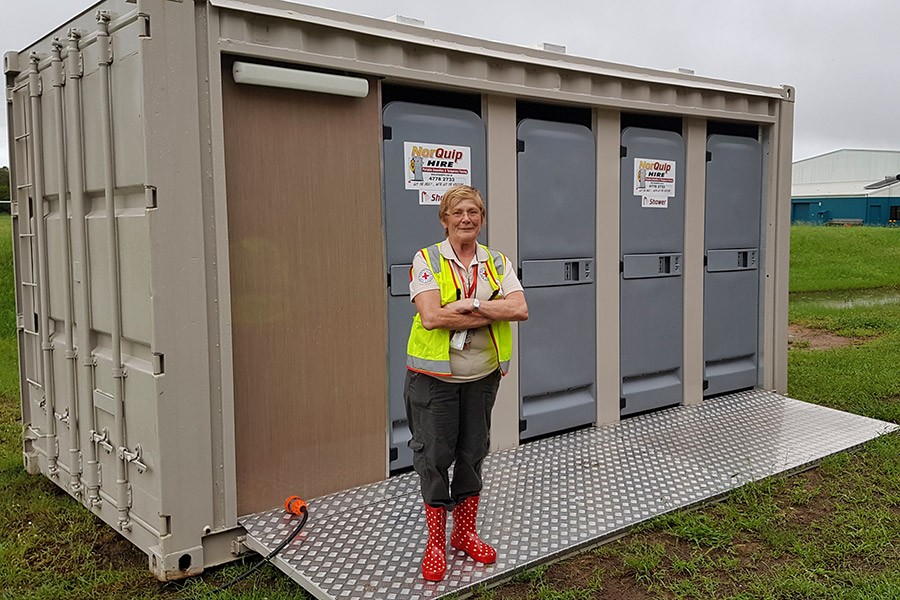
Inside the centre is a group of people needing to talk to her: Police, ambulance, evacuees, and a woman from the council, who tells her a truckload of 100 mattresses is on its way.
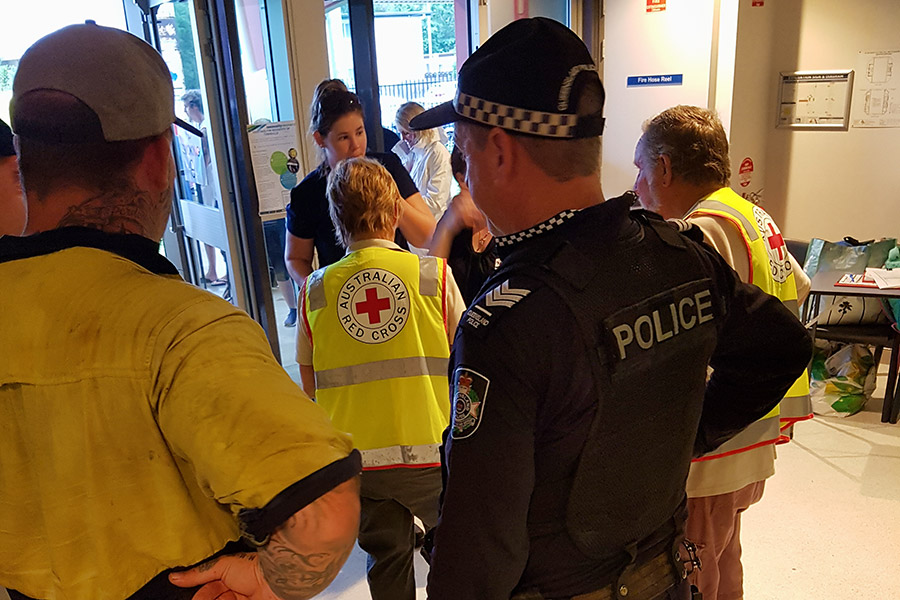
The truck arrives, backs up the muddy drive and over the sandbags. Suddenly there’s another nice moment as more and more people join in to help unload and stack the mattresses in the hall.
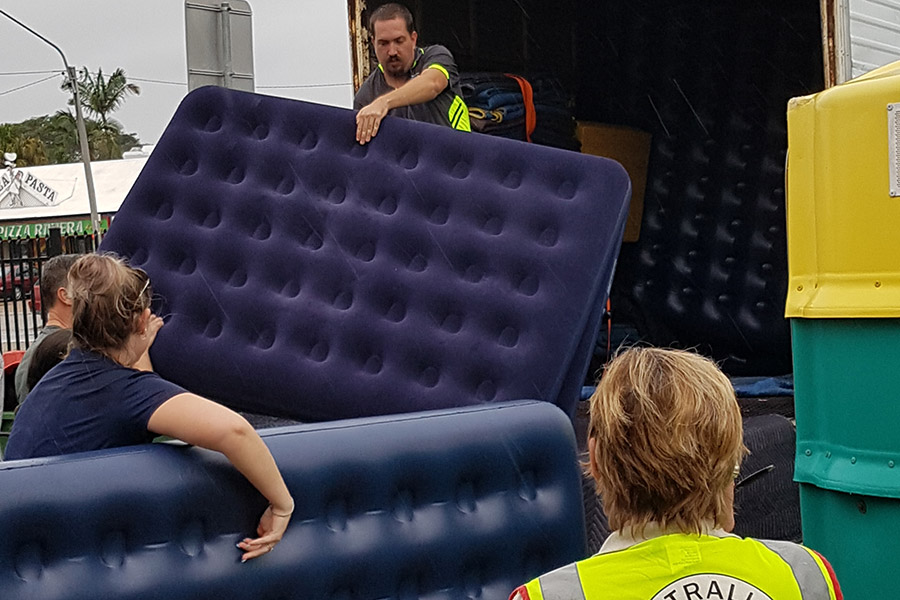
Another veteran volunteer, Willi, has been in three different evacuation centres in the last three days. She says she’s helped support hundreds of people.
“The youngest I’ve seen has been seven days old and the eldest is 87. People in wheelchairs, dogs, cats, an unaccompanied minor aged 16 who got separated and thought he’d get to higher ground or safer ground. He thought he’d be able to walk over that paddock and it was dark, he got lost but eventually found the evac centre. You work around some interesting problems,” she says.
The most striking thing about this disaster?
“I think it’s the scale. It’s just massive. I’ve been involved in bushfires in South Australia and flooding but this is massive. You know, sleeping with 398 people is not a lot of fun if you are stuck in an evacuation centre and can’t get back to your hotel but that’s the way it is.”
She laughs: “I almost managed three hours of intermittent sleep that night.
“There are full time cleaners, 24-hours-a-day there. People spill coffee. People slip over because the bathroom’s so wet. They knock their skin off their elbow; the blood has to be cleaned up. Elderly people with incontinence, that has to be cleared up – you name it.
“I see my role as human Spakfilla. I always say I’ve got Red Cross on my sleeve and Red Cross in my heart. I think you’d find that with most of the volunteers.”
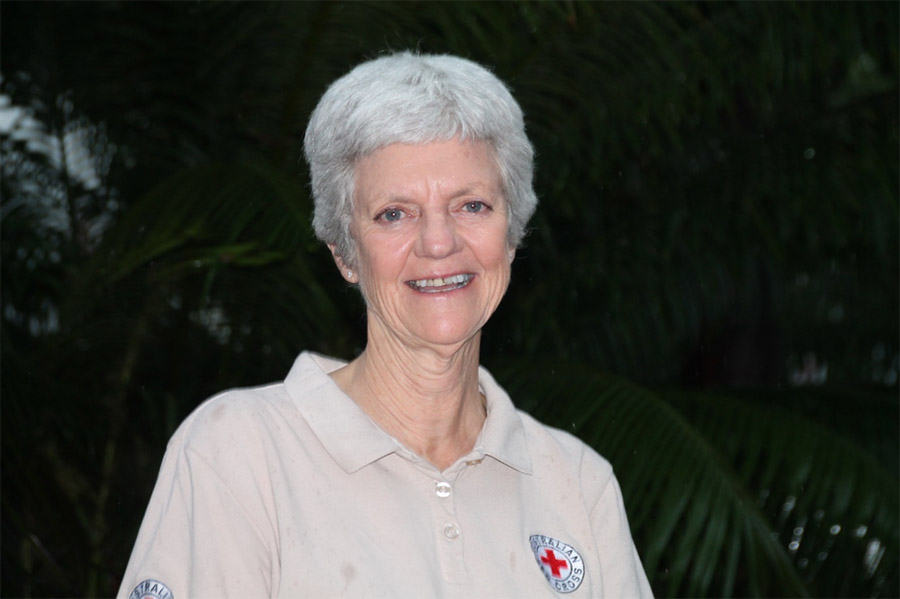
The busiest corner of the hall has been set aside for the kids. Volunteer Ian has his hands full keeping up with the colouring in, block building, and general rolling around on the floor of the kids, whose energy is infectious.
“I enjoy it,” he says. “I’ve been doing it for ten years. My employer gives me paid time to volunteer and I feel like I can really get out away from my work and make a real difference.”
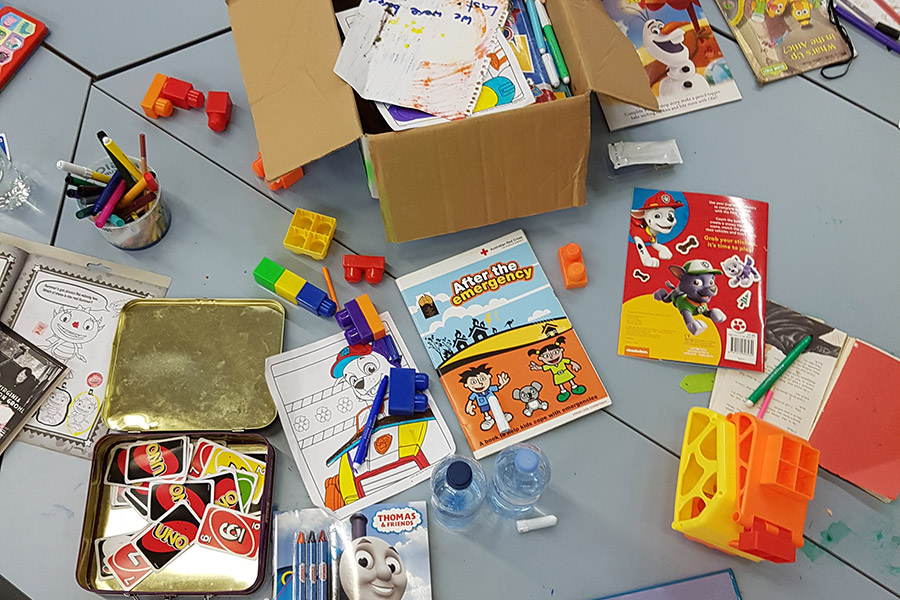
Red Cross pays our respects to the Aboriginal and Torres Strait Islander custodians of the country where we work, and to Elders, past, present and emerging.
Learn about our Reconciliation Action Plan and how we can all make reconciliation real.
This website may contain the images, voices or names of people who have passed away.


© Australian Red Cross 2025. ABN 50 169 561 394
